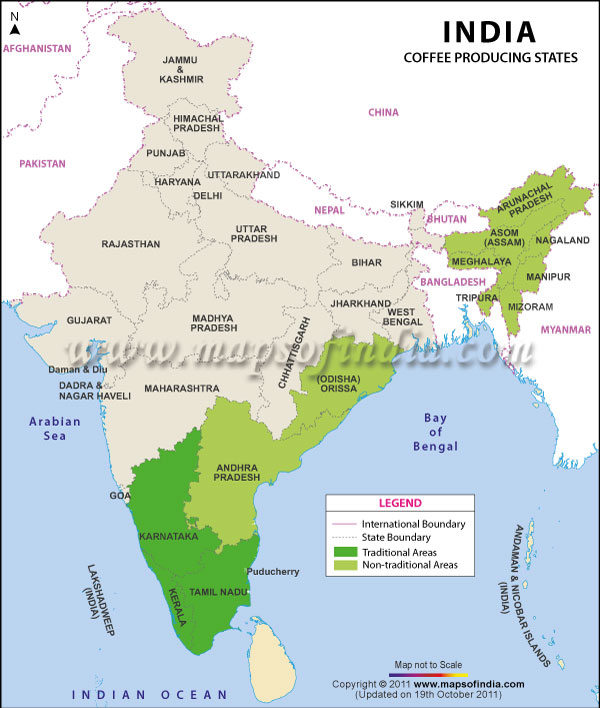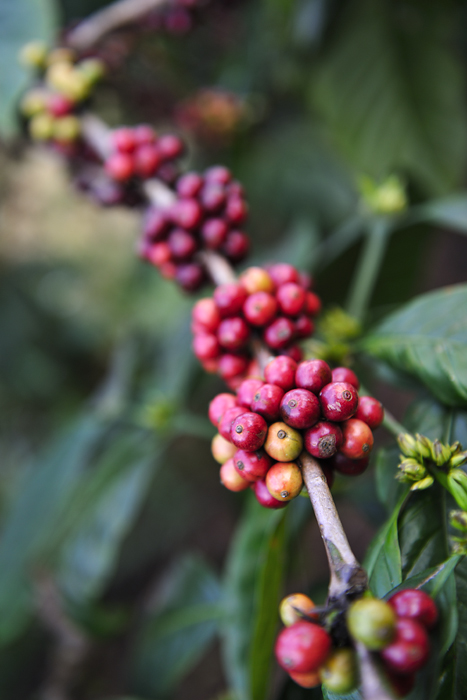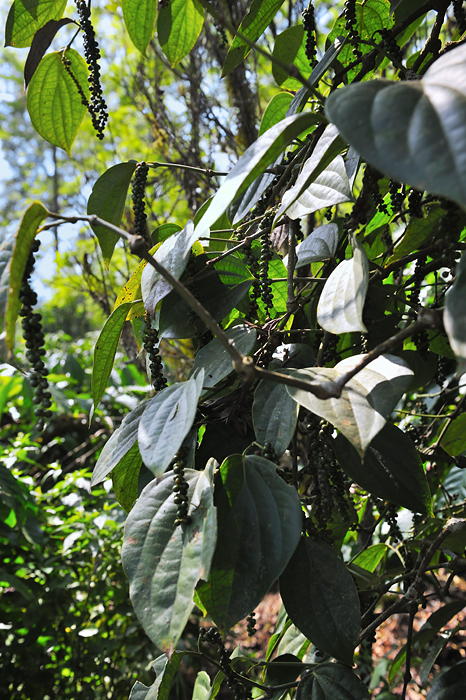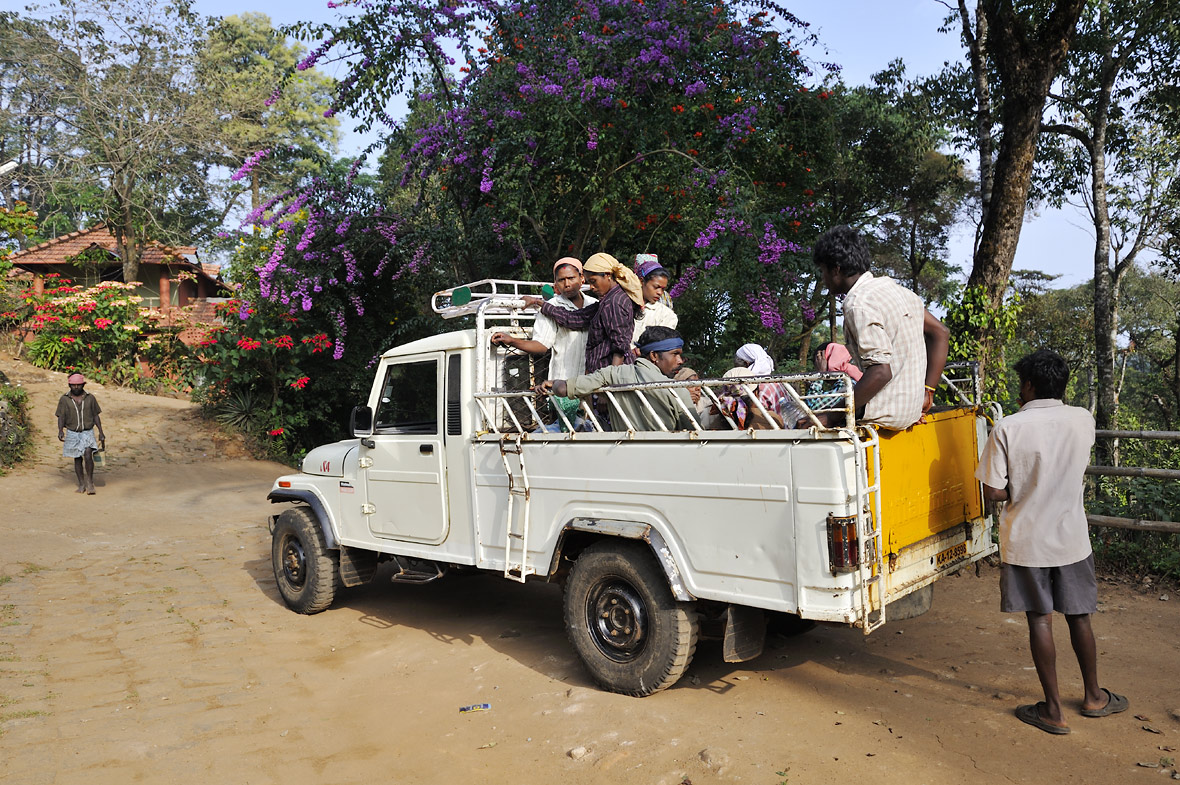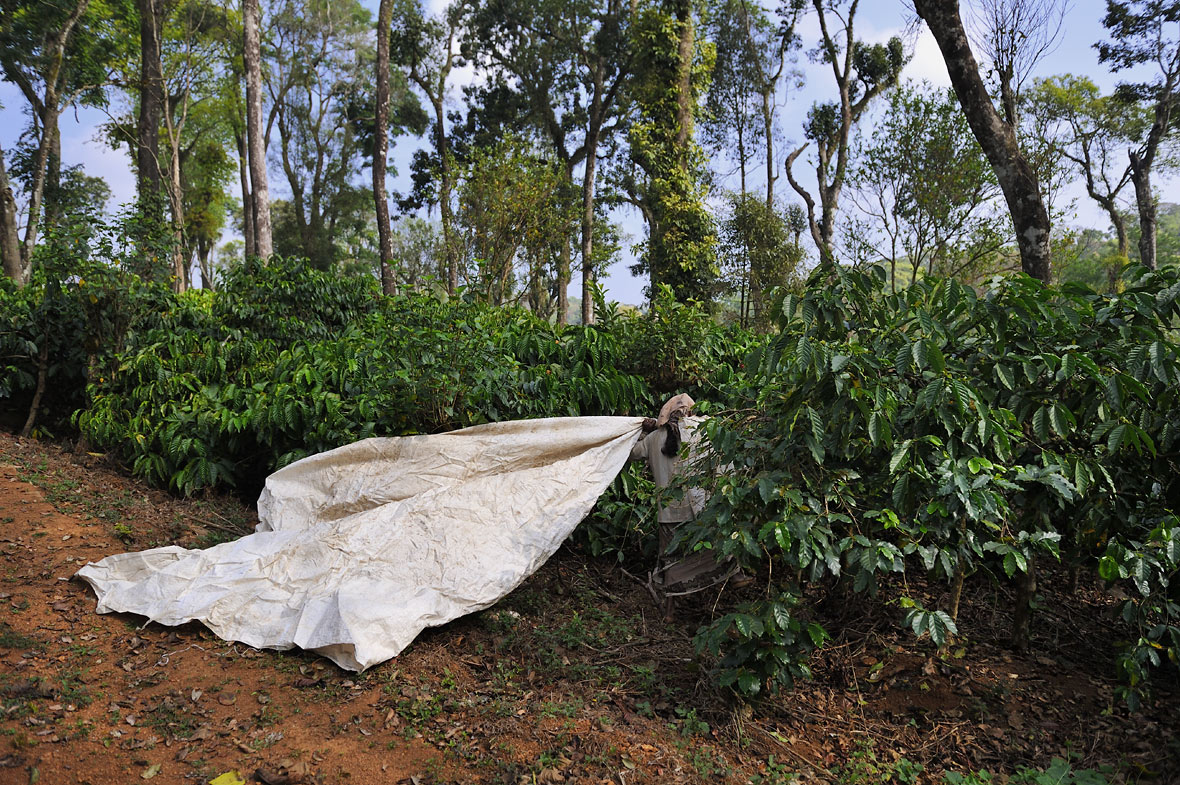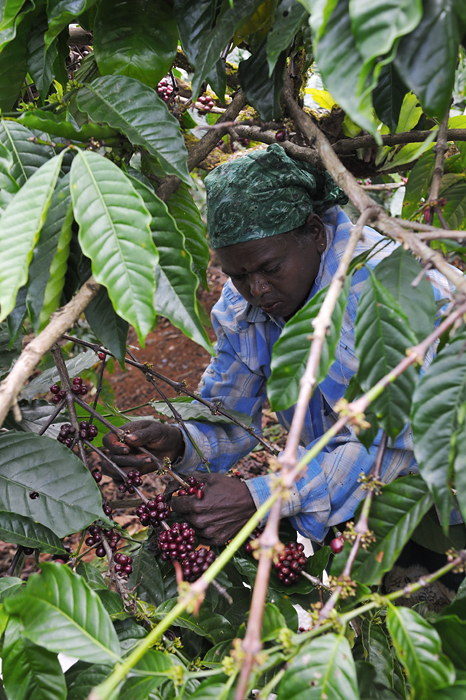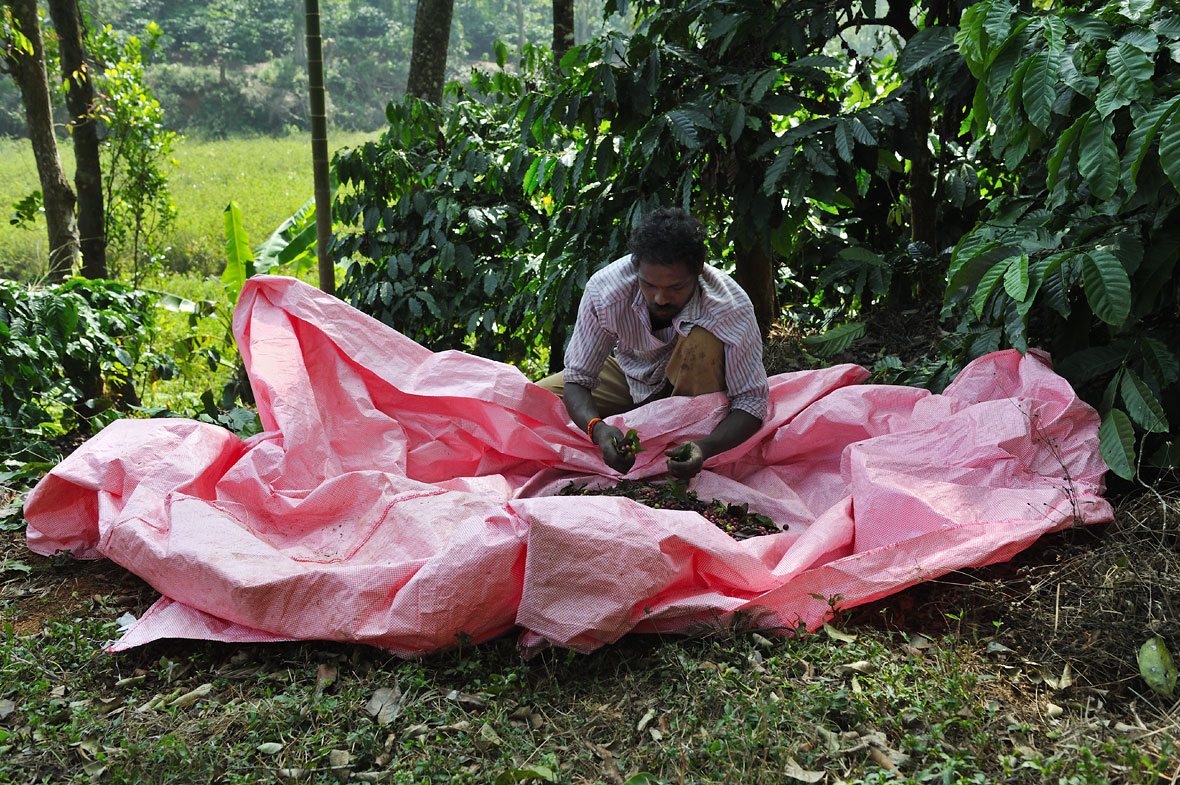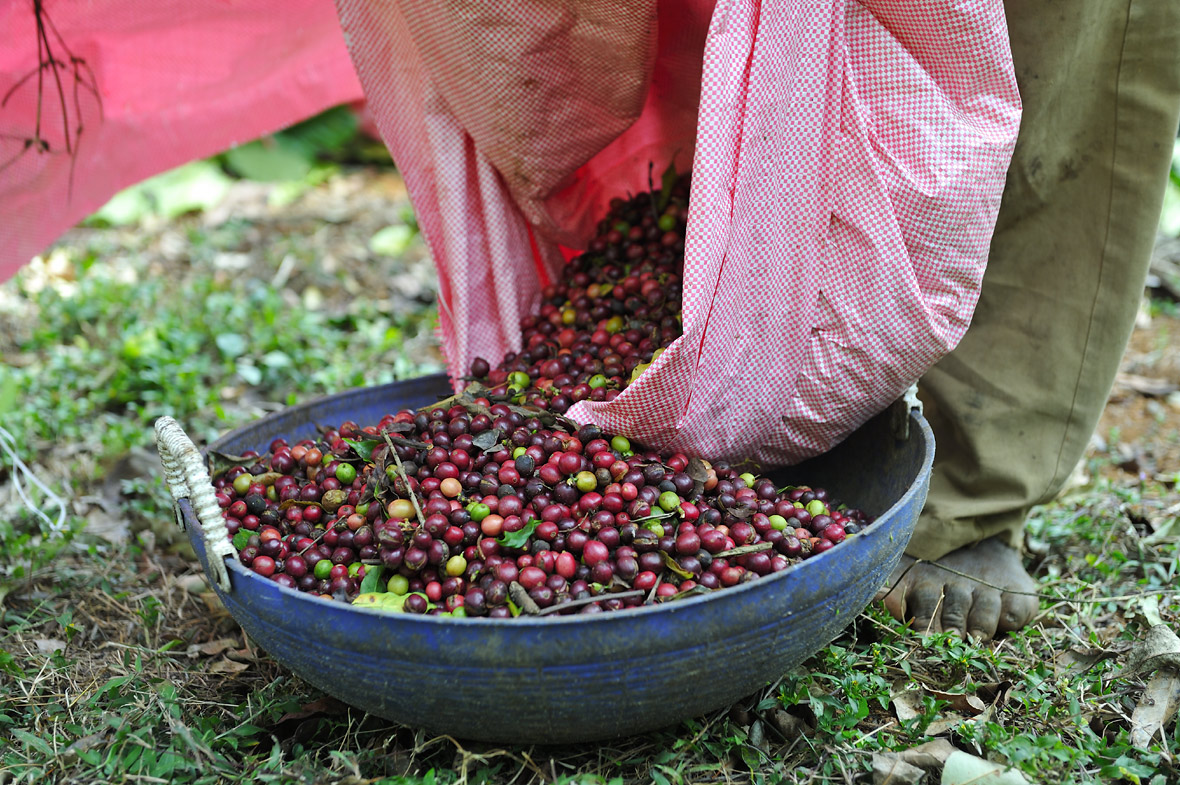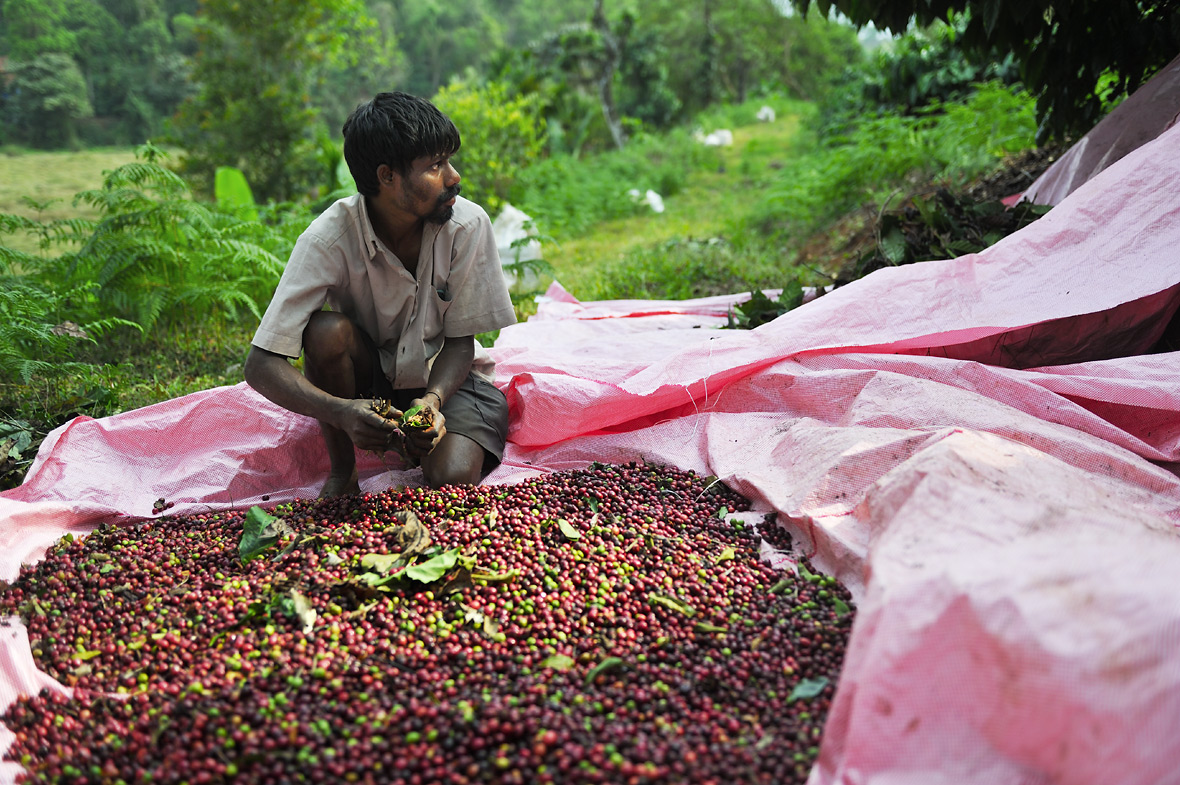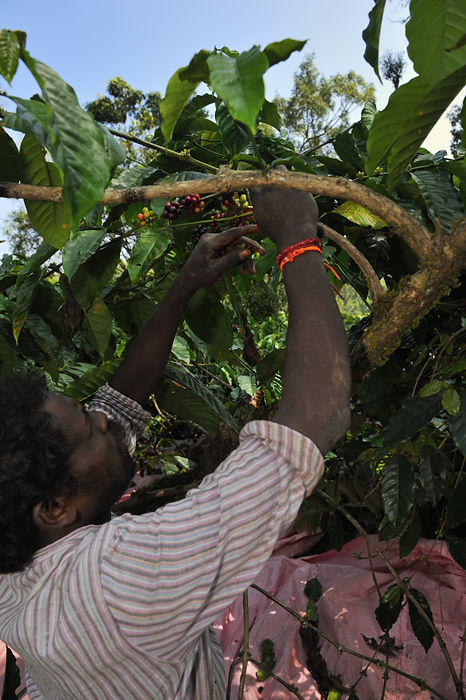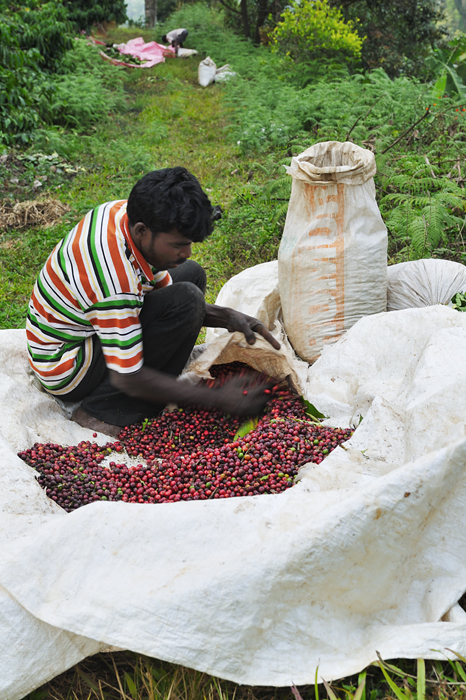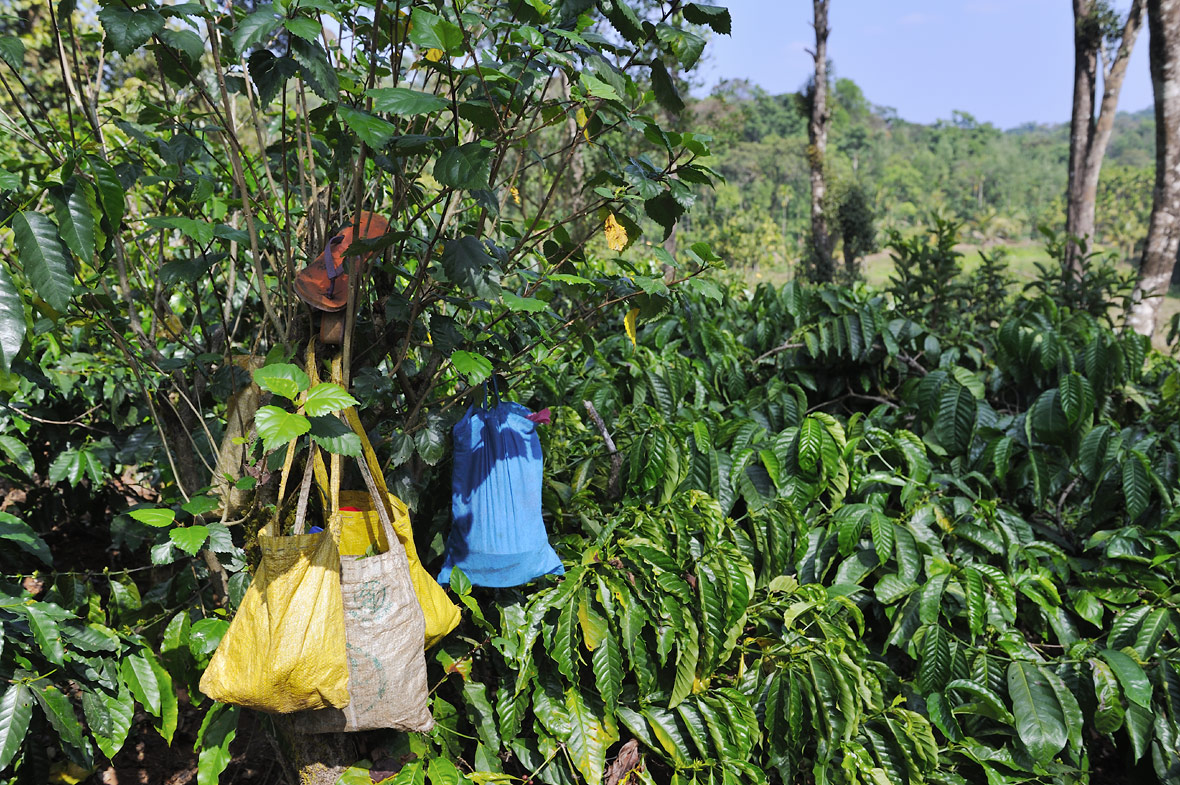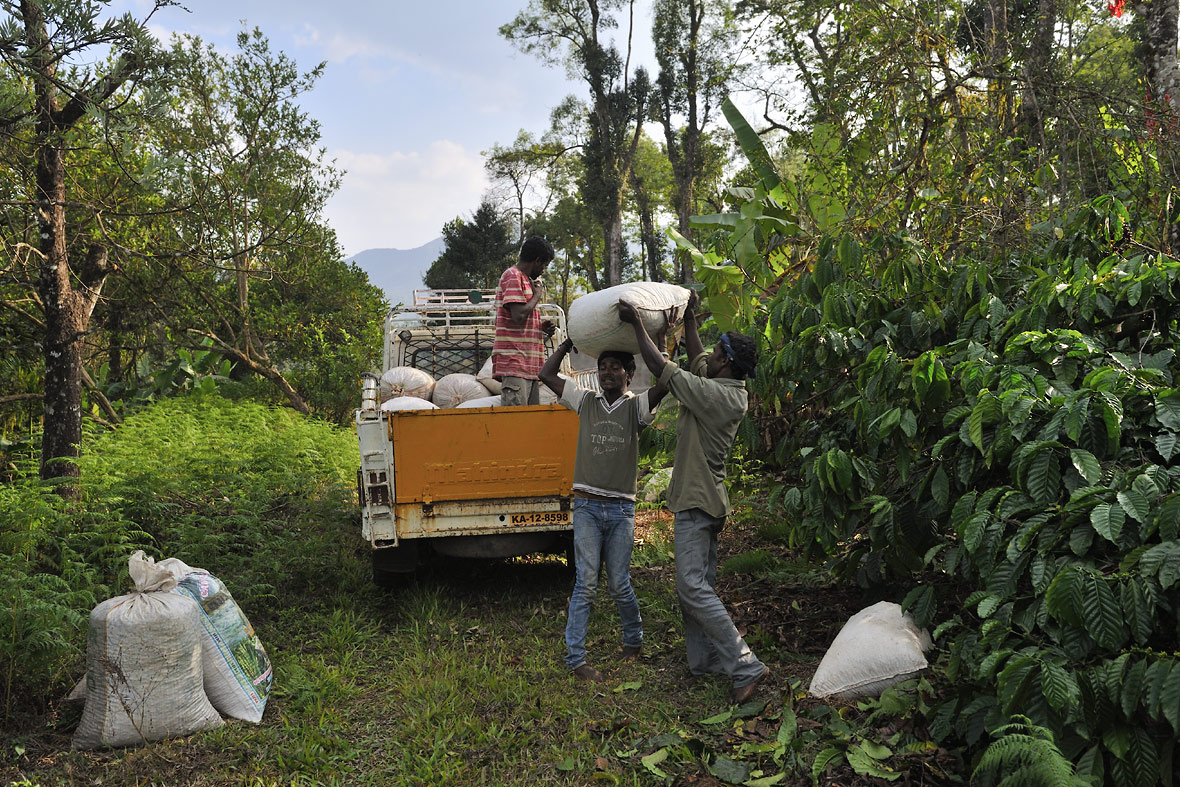Jamwal's
FULL MEMBER

- Joined
- Jul 17, 2015
- Messages
- 1,865
- Reaction score
- -2
- Country
- Location
Major Coffee Plantation Region: South India dominates the other states in coffee plantation, Hills of Western ghats receive plenty of rainfall during themonsoon season which makes these region best place for coffee cultivation.
Chikmagalur
Chikmagalur is first place in India where coffee was introduced, It is also known as coffee land of Karnataka. Chikmagalur is one of the famous hill stations in Karnataka state, located in the foothills of Mullayanagiri range. Its geography and climate makes it one of the largest coffee estates in Karnataka followed by Kodagu, coorg and Hassan. Mullayanagiri is the highest peak of Karnataka situated in the Baba Budan Giri Range of the Western Ghats and tallest peak between the Himalayas and the Nilgiris,known as best place for trekking in Karnataka.
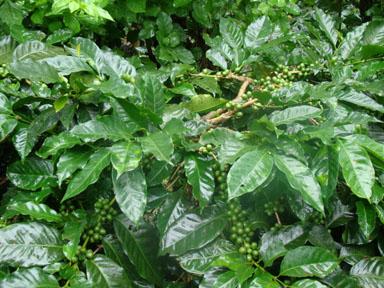
Wayanad
The green paradise of Malabar region,Wyanad is located between the mountains of the majestic Western Ghats. Wayanad is the one of the best hill station of Kerala followed by Munnar,nalliyampathy and Rajamala. The beautiful hill region is surrounded by ever green forest, Pookkode Lake and Karapuzha Dam near by,Its pleasant climate is best for coffee and tea cultivation so also known as Coffee County of Kerala. Major variety of coffee cultivated in this region are Rubusta and Arabica. Malabar region is known for its beautiful hill, green valleys and cool climate which makes its one of the best place for flora and fauna.
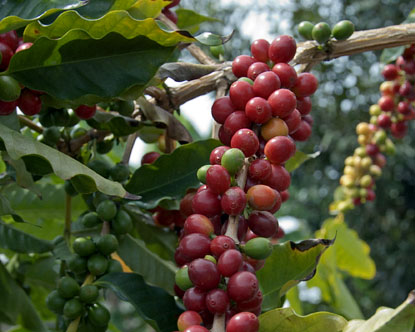
Yercaud
The small and young hill station of Tamil Nadu is located in the Salem District.Yercaud is situated in the Shevaroys range of hills in the Eastern Ghats and got its name due to forest near the lake mean to Lake Forest. Cool climate and silent valley of Yercaud known as the best coffee forests in India. Nilgiris District, Coonoor and Kodaikanal are other place in Tamil Nadu which are known for coffee plantation in India, Nilgiris District is also known for tea cultivation.

Araku
Araku is a hill station in Visakhapatnam district of Andhra Pradesh, in the Eastern Ghats of India inhabited by different types of tribes. Coffee Plantation in Araku is known for its first tribal growers’ organic coffee brand. Coffee cultivation industry is secondary here, as pepper and rubber are cultivated by the tribal all around the state. The amazing Araku valley is surrounded by Galikonda, Raktakonda, Sunkarimetta and Chitamogondi mountains and Anantagiri and Sunkarimetta Reserved Forest. Other coffee producer regions of Andhra Pradesh are Chintapalli, Paderu and Maredumilli in the Eastern Ghats of India. The area from Visakhapatnam to East Godavari districts are also known for coffee plantation in the state.

Daringbadi
Daringbadi is known as Kashmir of Orissa,located in the hill region of Orissa and the only hill station of state. Daringbadi is one of the youngest coffee plantation region in India followed by Chintapalli, Himachal Pradesh and Assam. This beautiful region is gifted with dense pine jungles, long coffee gardens,majestic Mountain and amazing valleys. Daringbadi offers cool climate, landscape beauty, deep dense forest, Tribal people and pleasant environment, still unexplored and untouched. Koraput district in Orissa is another place known for most traded commodities, the rich coffee plantation.

Major Tea Plantation Area: India is the world’s largest tea-drinking nation and its tea culture is well famous around the world. North east India is known as major tea plantation states along with Himachal Pradesh. Sikkim and tea garden of Tripura are known for its perfect taste and aroma.
Assam
Assam Tea is a black tea produce from large-leaved of tea plants. The world’s largest tea-growing region is situated in the side of great Brahmaputra River and receive high downfall during the monsoon. Tropical climate of Assam gives a unique feature to its tea,a malty taste for which this tea is well known in the world. Region of Cachar,lowlands of Assam and Barak Valley are also produce small quantities of green and white teas. Assam is the only region with native tea plants in India and second in the world after southern region of China.

Chikmagalur
Chikmagalur is first place in India where coffee was introduced, It is also known as coffee land of Karnataka. Chikmagalur is one of the famous hill stations in Karnataka state, located in the foothills of Mullayanagiri range. Its geography and climate makes it one of the largest coffee estates in Karnataka followed by Kodagu, coorg and Hassan. Mullayanagiri is the highest peak of Karnataka situated in the Baba Budan Giri Range of the Western Ghats and tallest peak between the Himalayas and the Nilgiris,known as best place for trekking in Karnataka.

Wayanad
The green paradise of Malabar region,Wyanad is located between the mountains of the majestic Western Ghats. Wayanad is the one of the best hill station of Kerala followed by Munnar,nalliyampathy and Rajamala. The beautiful hill region is surrounded by ever green forest, Pookkode Lake and Karapuzha Dam near by,Its pleasant climate is best for coffee and tea cultivation so also known as Coffee County of Kerala. Major variety of coffee cultivated in this region are Rubusta and Arabica. Malabar region is known for its beautiful hill, green valleys and cool climate which makes its one of the best place for flora and fauna.

Yercaud
The small and young hill station of Tamil Nadu is located in the Salem District.Yercaud is situated in the Shevaroys range of hills in the Eastern Ghats and got its name due to forest near the lake mean to Lake Forest. Cool climate and silent valley of Yercaud known as the best coffee forests in India. Nilgiris District, Coonoor and Kodaikanal are other place in Tamil Nadu which are known for coffee plantation in India, Nilgiris District is also known for tea cultivation.

Araku
Araku is a hill station in Visakhapatnam district of Andhra Pradesh, in the Eastern Ghats of India inhabited by different types of tribes. Coffee Plantation in Araku is known for its first tribal growers’ organic coffee brand. Coffee cultivation industry is secondary here, as pepper and rubber are cultivated by the tribal all around the state. The amazing Araku valley is surrounded by Galikonda, Raktakonda, Sunkarimetta and Chitamogondi mountains and Anantagiri and Sunkarimetta Reserved Forest. Other coffee producer regions of Andhra Pradesh are Chintapalli, Paderu and Maredumilli in the Eastern Ghats of India. The area from Visakhapatnam to East Godavari districts are also known for coffee plantation in the state.

Daringbadi
Daringbadi is known as Kashmir of Orissa,located in the hill region of Orissa and the only hill station of state. Daringbadi is one of the youngest coffee plantation region in India followed by Chintapalli, Himachal Pradesh and Assam. This beautiful region is gifted with dense pine jungles, long coffee gardens,majestic Mountain and amazing valleys. Daringbadi offers cool climate, landscape beauty, deep dense forest, Tribal people and pleasant environment, still unexplored and untouched. Koraput district in Orissa is another place known for most traded commodities, the rich coffee plantation.

Major Tea Plantation Area: India is the world’s largest tea-drinking nation and its tea culture is well famous around the world. North east India is known as major tea plantation states along with Himachal Pradesh. Sikkim and tea garden of Tripura are known for its perfect taste and aroma.
Assam
Assam Tea is a black tea produce from large-leaved of tea plants. The world’s largest tea-growing region is situated in the side of great Brahmaputra River and receive high downfall during the monsoon. Tropical climate of Assam gives a unique feature to its tea,a malty taste for which this tea is well known in the world. Region of Cachar,lowlands of Assam and Barak Valley are also produce small quantities of green and white teas. Assam is the only region with native tea plants in India and second in the world after southern region of China.









